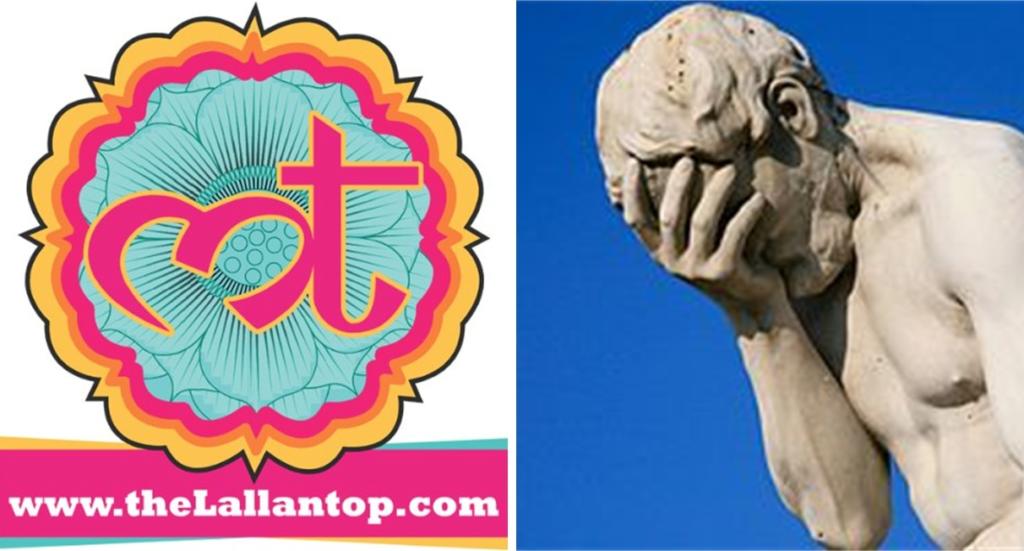TheLallantop.com, a news & opinion website, shared a video which claims that ‘Narendra Modi’ is the Prime Minister who has borrowed the most from the World Bank’. The video also claims that in the last four and a half years of Modi government, country’s debt increased by 49 percent. The total debt of the country increased to Rs 82, 03,253 crores while the corresponding amount till June 2014 stood at Rs 54, 90,763 crores. As per the report, the public debt has increased from Rs 48 lakh crore to Rs 73 lakh crore. The debt through gold bonds increased from nil to Rs 9,089 crore. The fiscal deficit in the first eight months till November rose to Rs 7.17 lakh crore or 114.8 percent of the Rs 6.24 lakh crore. All these claims made by Thelallantop.com are 100 percent true as this is official data from Finance Ministry, as rightly claimed video presenter.
But in the video, the presenter said that ‘Ab ye fisdi aur aise aankde toh humein samajh aate nhi hain toh humne yeh socha rupiye mein hisab kar lete hain’ (We do not understand percentage wise analysis, that’s why we kept the figures in rupees). This is exactly where the website misses the bus. Economics is all about comparative analysis, the data must be put in the right context otherwise one might reach an utterly misleading conclusion.
The right macroeconomic variable to measure the debt of any country is the debt to GDP ratio. So the debt number, as the video claims to have increased to Rs 82, 03,253 crores with the corresponding amount till June 2014 being Rs 54, 90,763 crore, leads to a misleading conclusion. India’s debt to GDP ratio actually declined under Modi government from 47.09 percent in 2012 to 45.11 percent in 2017.
The next point is that almost all the developing and developed economies borrow from domestic and external sources to finance important projects like the building of roads, railways bridges etc. The debt to GDP ratio of US is above 100 percent and in comparison to India, it appears huge. The global average for debt to GDP ratio is almost 60 percent which is significantly higher than that of India. So, even if the Indian government borrows another 10 lakh crore, (almost 9 percent of GDP) the debt to GDP ratio would be rather lower than the global average.
India’s external debt to GDP ratio declined from 23.9 percent of GDP to 20.8 percent of GDP by the end of September 2018.
The external debt to GDP ratio of India is way below countries like the United States and the United Kingdom. The external debt to GDP ratio of US is 115 percent, UK’s stands at 313 percent, and for France, it is 213 percent. Therefore, India is on bottom quintile of the country’s external debt to GDP ratio.
Every country borrows money from multilateral, bilateral institutions, or the International Monetary Fund (IMF) to finance the capital expenditure which helps to accelerate the GDP growth. India also borrows from these institutions but its borrowings are way below other developing and developed economies. The video presenter claims, ‘Narendra Modi pehle aise pradhan mantri hain jinhone vishwabank se sabse jyada karz liya’ (Narendra Modi is the first prime minister to have taken that very amount of loans from the World Bank).
The video presenter further talks about the fiscal deficit of the country which reached 114 percent of the budgeted target by November. Modi government has been appreciated by domestic and international institutions for getting fiscal deficit under control. UPA government breached the limits of deficit financing in the election years in order to come to power. The central government’s deficit to GDP ratio was above 4 percent when the Modi government came to power and now it is below 3.5 percent.
The presenter also claimed that when a child is born in India there is almost 54,000 rupees debt on him/her. Now, the fact is that external debt for a child born in the United States it is approximately 40 lakhs which 80 times more than that of India.
The video makes many other claims about the Indian economy which are out of context and utterly misleading. As per the introduction of the website, economics is not their forte. And one should not inform the public on any subject if he/she is not good at it. The website should take the video back and apologize to the public for misinforming them.
